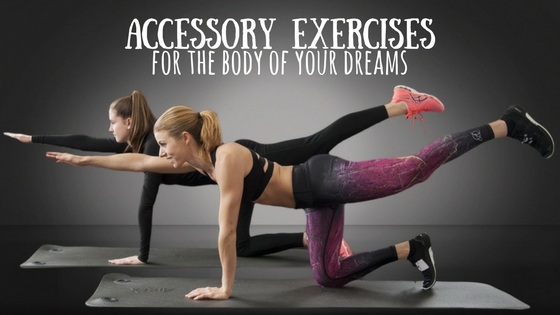
Fitness
How to Properly Utilize Accessory Exercises
What does your training routine look like? Do you spend a lot of time on the cardio equipment? Are you a ‘body weight exercise’ guru? Maybe you live to lift weights! No matter what your style of training is, the important thing is that you’re healthy and happy! With that being said, anyone and everyone would benefit from a strength training regimen. Now, I’m not saying that you have to be a power lifter, but maintaining a certain level of muscle mass offers a number of benefits.
Check out: Volume and Intensity: What You Need to Know to Reach Your Fitness Goals.
Before we can discuss how to properly incorporate accessory exercises into a workout routine, we must go over what an accessory exercise even is. Accessory exercises, also known as accessory work, are moves that typically isolate a single muscle group. Isolating a specific muscle, allows us to give extra focus to a muscle that may be lagging behind the others. By utilizing these exercises, we will be able to improve our compound lifts (squats, bench press, dead-lift, etc…)
“Accessory exercises are meant to compliment Compound Lifts, NOT replace them!”
Compound lifts are designed to be your main exercise because they work multiple muscle groups at the same time. No training program would be complete without incorporating compound movements.
Read more about: Compound Lifts for an Athletic Figure.
Examples:
An example of an accessory exercise is a glute kick-back. Let’s say that your squat is lagging behind because your glutes are weak. *This is an extremely common occurrence.* A kick-back primarily strengthens the glutes. Many people may just continue to squat in hopes that it will get better. The problem with this is that when you have weaknesses/imbalances, continuing to perform a movement can lead to injury. Taking time to isolate and strengthen the glutes will allow you to step up your squat game!
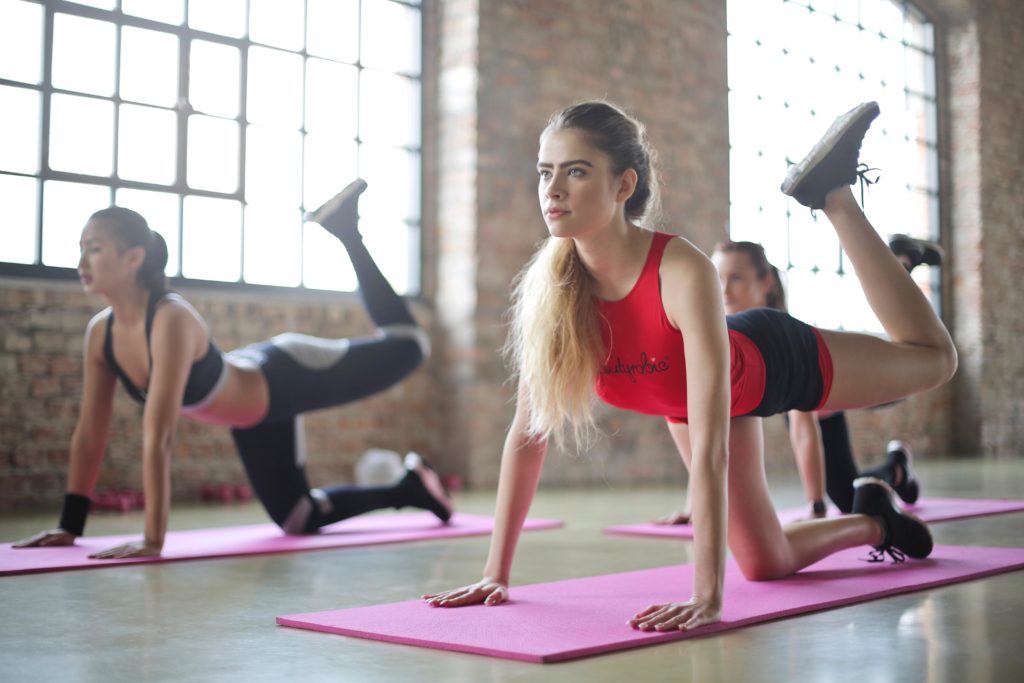
Another example of an accessory exercise would be a farmer’s walk. When your perform a dead-lift, you’re using your entire posterior chain. This includes the muscles from your calves, all the way up to your traps. One thing that many people don’t consider is the use of your grip and forearms in a dead-lift. Grip strength is an integral component to completing a solid dead-lift yet commonly overlooked. Needless to say, when you put in the effort to strengthen your forearms and grip, your dead-lift will improve.
Related: Big Lifts and Accessory Training
What I want to do is give you a few accessory options for some of the most commonly weak muscles. I want you to keep in mind that you should always train with a purpose if you want to make real progress. Don’t waste your time on exercises that aren’t going to help you improve. Be smart and don’t over complicate it.
“Train with a PURPOSE.”
If you need a little help, consider trying our 1 month Custom Training Program or even our Basic Strength Routine. Both of these programs can get you on the road to SUCCESS!
Commonly Weak Muscles in Need of Being Strengthened
Core:
Used in ALL Compound Movements
Hamstrings/Glutes:
Used for Squats and Deadlifts
Low Back:
Used for Squats, Dead-Lifts and Barbell Rows
Rotator Cuff:
Used for Overhead Press, Barbell Rows and Bench Press
Also, Try these Scapular Stabilizer Exercises.
Middle/Lower Traps:
Used in ALL Compound Movements
If you’re not sure about what muscles are weak/tight, consider talking with a personal trainer. If a lift “just doesn’t feel right” there’s a pretty good chance it’s because something is weak/tight. It’s important to go into the gym with a plan! This will save you time and unnecessary pain. Remember, accessory exercises are meant to compliment Compound Lifts, NOT replace them!
If you have ANY questions, I’m here to help! PLEASE feel free to ask. I’m working on a sister post for this one to address the tightness issues next. Stay tuned.
Until next time…
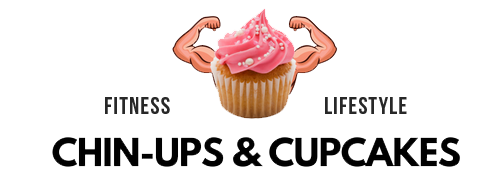
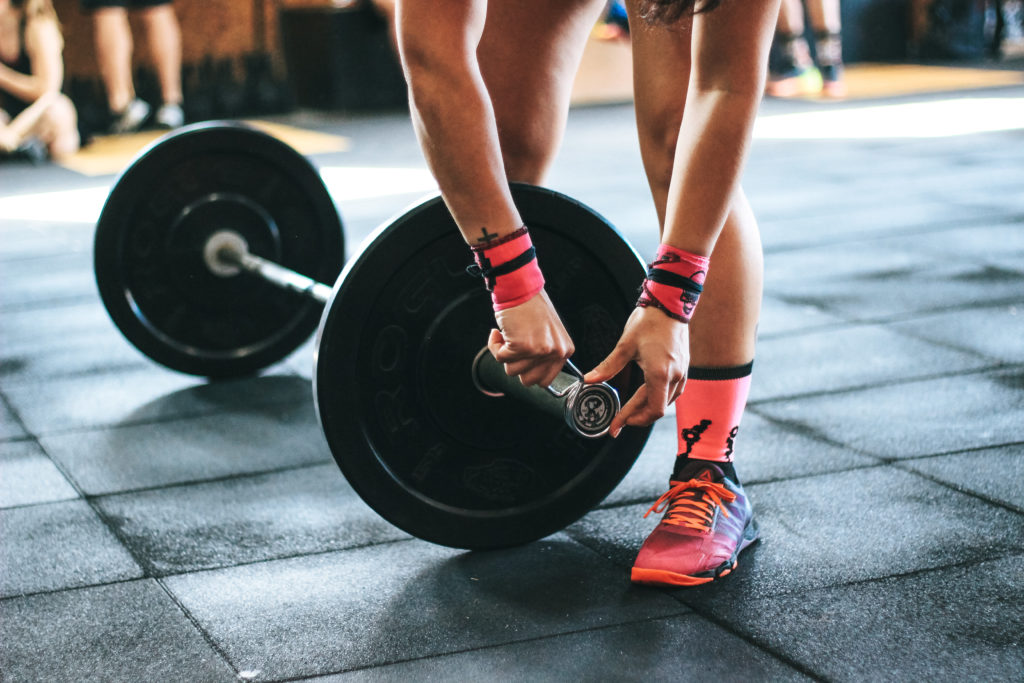


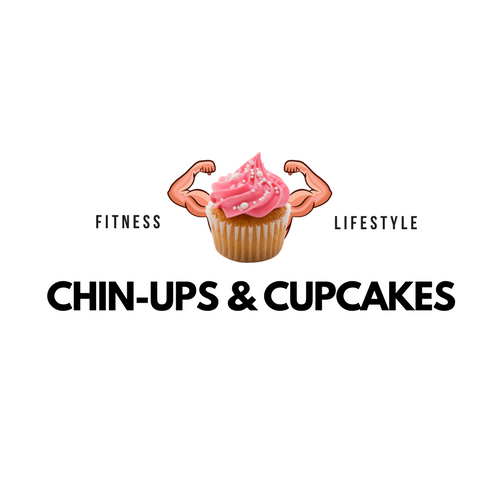
0 comments